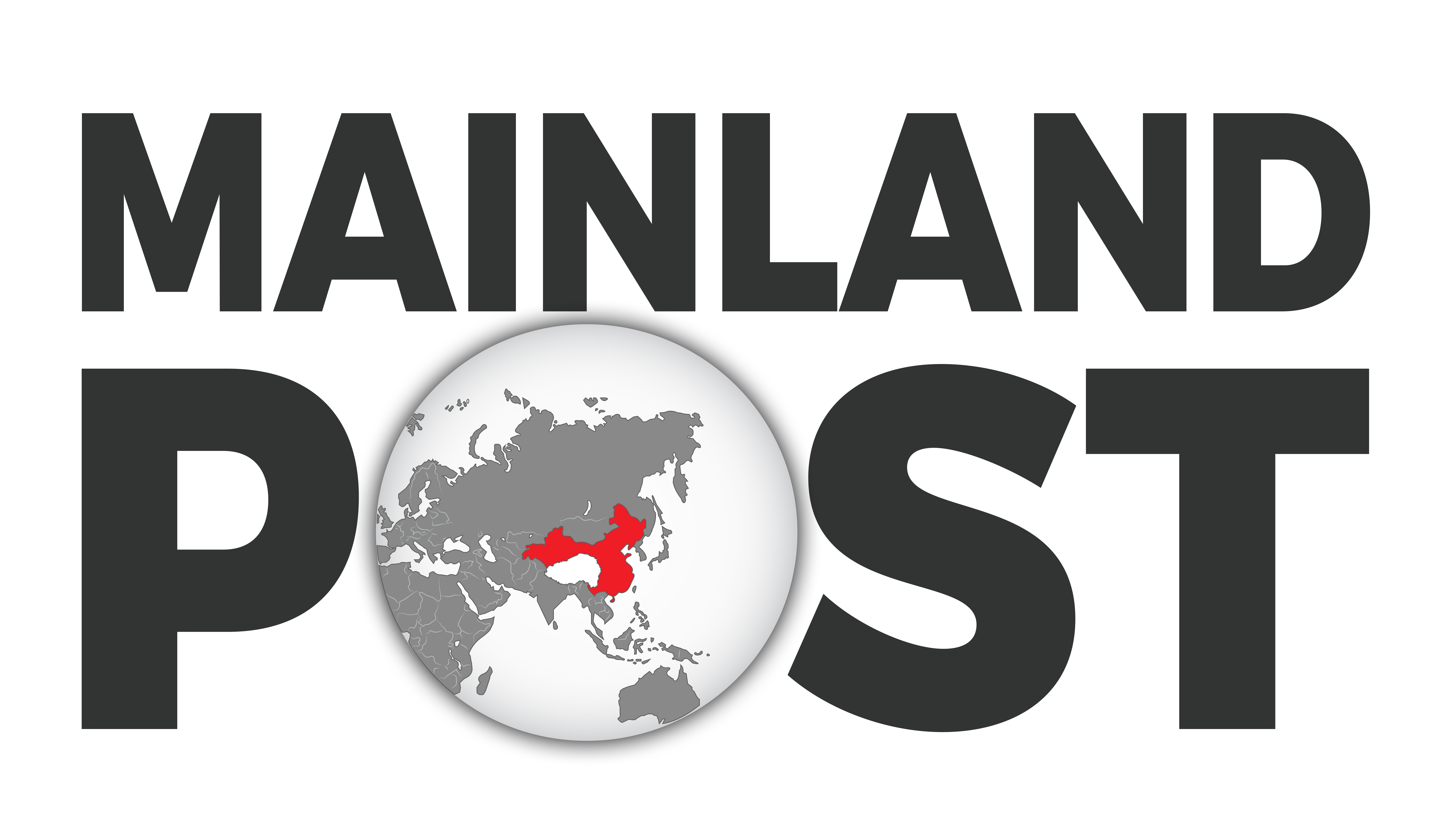In a blistering new report released on June 4, 2025, the Center for Strategic and International Studies (CSIS) has lifted the veil on what it calls China’s “grey-zone infrastructure strategy” on the Tibetan Plateau — a slow, calculated campaign of control disguised as development.
From colossal dam projects that strangle Asia’s water sources to digital surveillance systems that map and monitor ethnic Tibetans with Orwellian precision, the CSIS warns: China’s blueprint for Tibet is not just about bridges and tunnels — it’s about power without war.
Tibet’s Terrain: Engineered for Control
Over the past two decades, Beijing has transformed the Tibetan Plateau into a militarized grid of roads, railways, hydropower stations, and data collection nodes.
“This is not benign infrastructure. This is coercion under construction,” said Gregory Poling, director of the CSIS Southeast Asia Program.
The report details the CCP’s three-pronged infrastructure playbook:
- Dams as Diplomatic Daggers
China controls the headwaters of 10 major rivers that serve nearly 1.5 billion people across India, Nepal, Bangladesh, and Southeast Asia.
Among the most alarming projects:
Brahmaputra (Yarlung Tsangpo) Dam in southeastern Tibet, a megastructure capable of throttling water to India during conflict.
Lancang (Upper Mekong) dams that have already altered seasonal flows into Southeast Asia.
The CSIS report warns:
“Water is no longer just a resource — it is a weapon.”
China can withhold flow during crop cycles, release it during monsoon season, or simply use it as leverage in border disputes, all without firing a single bullet. - Roads and Rail: Dual‑Use for Dominance
Tibet’s road network exploded from 4,500 miles in 1990 to over 73,800 miles by 2023, largely under the Western Development Strategy.
The Qinghai–Tibet Railway, once hailed as an engineering marvel, now extends to Shigatse and Nyingchi — barely 30 km from the India border.
These routes are designed for PLA mobility: tanks, artillery, and soldiers can now move rapidly across high-altitude terrain.
CSIS writes:
“What’s built for trucks today may carry troops tomorrow.” - Digital Surveillance: The Virtual Occupation
Tibet is saturated with AI-powered surveillance: facial recognition cameras in monasteries, biometric checkpoints, and predictive policing software.
Huawei and Hikvision systems feed into a central algorithm that profiles and tracks citizens based on their religion, language, and political leanings.
CSIS documents this data architecture being exported to Nepal, Bhutan, and parts of northern India under “Belt and Road” connectivity projects.
This amounts to a “digital Tibet” — one that extends across borders and crushes dissent before it starts. A Grey-Zone Strategy Defined
CSIS emphasizes that China’s Tibet strategy falls within “grey-zone warfare”: operations designed to gain strategic advantages without provoking direct military retaliation.
No bullets, no war crimes, no invasions.
Just infrastructure that limits choices, isolates communities, and bends geopolitics in Beijing’s favor.
Why It Matters
India is surrounded. The infrastructure buildup in Tibet gives the PLA logistical superiority in the Himalayas.
Nepal is being drawn in. Digital exports and hydropower deals are bringing Kathmandu under Beijing’s wing.
Southeast Asia’s food security is at risk. Inconsistent water flows from Chinese dams threaten millions of livelihoods.
Tibetans remain under siege. What looks like “development” is a cloak for deeper assimilation and suppression.
CSIS Recommendations
Infrastructure Alternatives: The U.S. and allies should invest in competitive projects in India, Nepal, and Bangladesh.
Digital Sovereignty: Ban or restrict authoritarian surveillance tech imports.
Intelligence Coordination: Expand agreements like BECA (Basic Exchange and Cooperation Agreement) to monitor Chinese dual-use installations.
Final Word
China’s infrastructure in Tibet is no longer just about roads and power lines. It is a system of silent dominance, building the physical and digital scaffolding of a new imperial frontier.
The CSIS report is a wake-up call.
What looks like steel and concrete is actually strategy.
What’s sold as progress is sometimes just power, poured in cement.




